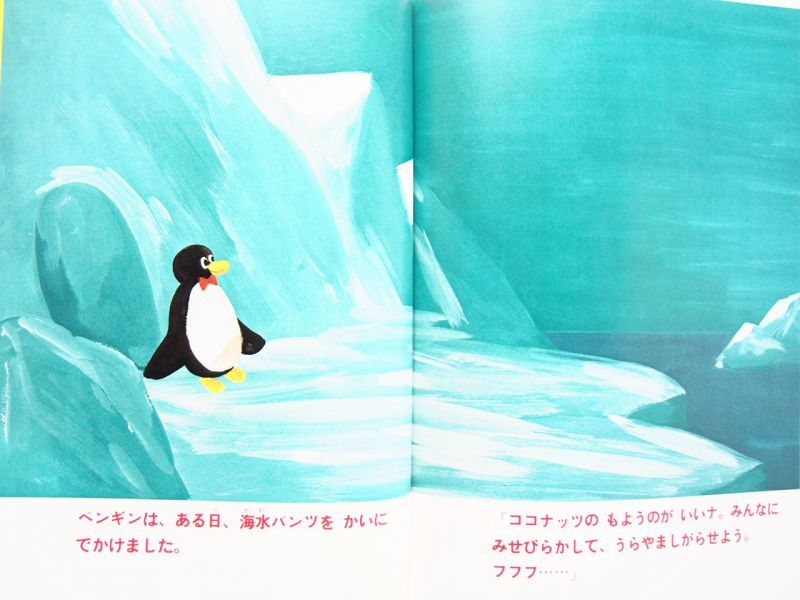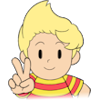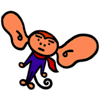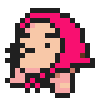Penguin Gohan
by: Echoes on 3/14/2022
Penguin Gohan is a manga series written by Shigesato Itoi and illustrated by Teruhiko Yumura. It is one of Itoi’s oldest works, accomplishing his childhood goal of writing his own manga series!

The series was created in 1976, when editor Shinbo Minami (who later helped with character designs for MOTHER) requested Itoi create a manga for his magazine, Garo. He caught wind of Itoi’s talents upon seeing the advertisement he and Yumura created for WELDGIN, a brand of jeans. Itoi had met Yumura the previous year, when he founded Flamingo Studio. Upon receiving the opportunity to publish his own manga series, it was no question for Itoi on who he wanted to do the art!
Penguin Gohan is a surrealist series full of black comedy you’d come to expect from Itoi’s later works. Although it is far more unhinged, with commentary on the typical American family life, love, sex, violence, and perversity.
In one segment called “Home Drama”, the American father character sits his family down at the dining table, issuing a warning before they eat – “We’re now going to have a delicious meal, but first your father would like to give a word of warning: No talking about poop during dinner!”
As his children begin to eat, they struggle to not talk about poop as they exclaim their meals are “delicious!” Catching on to them, the father gets furious and flips the food all over the table! Out of nowhere, he is then slaughtered and replaced by another generic father figure. And from there, the conversation begins. This segment of the comic was so popular, it was continuously analyzed by Shinichi Kusamori, a Japanese critic.

Naturally, Itoi’s affinity for potty humor can easily be recognized throughout Penguin Gohan. In that sense, Yumura’s sketchy art style perfectly fits the jokes and messages Itoi tries to convey. In Japan, Yumura’s style is labeled as “so bad it’s good”, and Penguin Gohan popularized the hetauma (bad, but good) genre of manga.
The first compilation, “The Passions of Penguin Gohan” was published in June1980 by Joho Center Publishing.
The second compilation, “Passionate Penguin Gohan“ then released in July 1993 from Chikuma Shobō.
In 2011, the Hobonichi published the final volume in the Penguin Gohan series, “Goodbye Penguin.”
The compilations were notable for their covers depicting the title character Penguin Gohan eating a bowl of rice, and advertised themselves as books cataloguing delicious food. Of course, no such food was detailed in them, and the last comic usually ended with Penguin Gohan or his family sitting at a chubby tale on a glacier, eating a meal. Itoi described this scene as, “a rather unfulfilling symbol of the modern family reunion.”
If you’d like to read or take a look at Penguin Gohan, a user named GionMeccartnei uploaded a full scan of the first volume on Internet Archive here!
















